
Roots
Consider for a moment the vibrant landscape of our textured hair, each curl, coil, and wave a unique testament to a profound past. Within every strand lies an echo, a subtle whisper of journeys spanning continents and generations, connecting us to ancestral wisdom and enduring legacies. This exploration delves into the deep heritage of textured hair, uncovering how the ancestral practices of care and adornment continue to shape and mirror our modern routines. It is a journey into the very fiber of identity, where the science of today meets the soul of antiquity.

Textured Hair Anatomy and Ancestral Wisdom
The biological makeup of textured hair, with its distinctive elliptical follicle shape and varied curl patterns, has always dictated its care. Long before microscopes unveiled the intricacies of the hair shaft, ancestral communities across Africa and the diaspora possessed an intuitive understanding of these unique qualities. Their practices were not random acts; they were responses tailored to the hair’s inherent need for moisture, gentle handling, and protection from environmental elements.
This ancient awareness laid a foundational understanding that modern science now often corroborates. The tightly coiled structure, for instance, provides natural insulation, safeguarding the scalp from the sun while preserving moisture in arid surroundings.
Early anatomists within these communities, though without formal titles, were the elders and artisans who observed, experimented, and passed down techniques. Their knowledge encompassed not only the appearance of hair but its behavior, its relationship to climate, and its capacity for expressive form. The selection of natural ingredients, like various oils and butters, speaks to an early empirical science, noting how particular plant extracts softened, strengthened, or aided styling.

Ancient Classifications and Cultural Meanings
The classification of textured hair in ancestral societies went beyond mere appearance; it was a visual language, a social map, and a spiritual canvas. Hairstyles served as identifiers of age, marital status, social rank, tribal affiliation, and even spiritual beliefs. The elaborate braids of the Yoruba people, for instance, conveyed community roles, while the Himba tribe used red ochre paste to adorn dreadlocked styles, symbolizing their connection to the land and their lineage. This system allowed for a complex communication that transcended spoken words, a silent dialogue embedded in every twist and coil.
Textured hair traditions reveal a profound heritage, where ancient wisdom of care intertwines with modern understanding.
This differs starkly from later, often imposed, Western classification systems that sometimes carried derogatory terms, stripping the hair of its cultural context and inherent value. Ancestral classifications celebrated the diversity of texture as a source of cultural richness.

The Essential Lexicon of Textured Hair
The language surrounding textured hair today is a blend of modern scientific terminology and terms rooted in historical experience. Yet, the foundational words often echo ancestral practices. Terms like “cornrows,” although given an American name due to their resemblance to field patterns, have origins dating back to 3000 BCE in Africa. In Yoruba, they are known as “kolese” or “irun didi.” This historical naming convention highlights the practical and symbolic roles these styles played.
- Cornrows ❉ Intricate braid patterns lying close to the scalp, dating back thousands of years in African cultures, used for identification and communication.
- Locs ❉ Coiled or matted strands, recognized in various African traditions as symbols of strength and spiritual connection, often worn by warriors or priests.
- Bantu Knots ❉ Sections of hair twisted and wrapped to form knot-like shapes, originating from the Bantu-speaking communities and symbolizing femininity and beauty, as seen with the Zulu tribe.

Hair Growth Cycles and Influencing Factors
The journey of hair growth, from its emergence to its shedding, was observed and understood by ancestral communities. They recognized the importance of a healthy scalp as the foundation for vibrant hair. Practices like regular oiling and gentle manipulation, using substances like shea butter or various plant-based oils, contributed to an environment conducive to hair retention and growth. These traditional methods aimed to reduce breakage and environmental damage, allowing hair to reach its optimal length, mirroring modern principles of length retention.
Moreover, dietary factors and environmental conditions profoundly influenced hair health. The indigenous diets, rich in nutrient-dense foods, naturally supported robust hair growth. While not directly linked to specific “hair growth cycles” in a scientific sense, the holistic approach to wellbeing, inherent in many ancestral philosophies, inherently supported physiological processes, including hair vitality. The wisdom of connecting inner health to outer appearance remains a core teaching passed through generations.

Ritual
The styling of textured hair has always been more than mere aesthetic pursuit; it is a profound act of self-expression, communal bonding, and cultural preservation. From the hands of an elder meticulously crafting a braid to the communal gathering around a shared styling session, these rituals of adornment have sculpted identity and transmitted heritage across generations. Modern textured hair care, in its embrace of specific techniques and tools, often performs an unintentional echo of these ancestral practices.

Protective Styling Encyclopedia
The tradition of protective styles stands as a cornerstone of textured hair care, both historically and in the present day. These styles, designed to shield hair from manipulation and environmental stressors, have roots that stretch back millennia in African cultures.
- Braids and Plaits ❉ Dating back as far as 3500 BCE, braids were used to signify tribal identity, social status, and marital standing. Beyond their visual appeal, these styles were practical, protecting hair during long workdays. During the transatlantic slave trade, braids even served as a covert means of communication, with patterns used to map escape routes or conceal seeds for survival.
- Twists ❉ Similar to braids in their protective nature, twists offered a way to keep hair managed without requiring external products or ties. They too communicated social status and family background in various African societies.
- Bantu Knots ❉ These tightly coiled knots, tracing their history to the Bantu migration in the second millennium BCE, were a symbol of femininity and beauty among the Zulu tribe. Today, they are a popular protective style, often worn as a temporary set for curl definition.
What ancestral protective styling practices hold modern relevance? These ancient techniques, born from necessity and communal wisdom, find their modern counterparts in styles that prioritize hair health, length retention, and reduced breakage. The underlying principle remains constant ❉ minimize manipulation, maximize protection.

Natural Styling and Definition Techniques
Before the advent of modern styling products, ancestral communities relied on natural elements and ingenious techniques to define and maintain textured hair. Oils, butters, and natural clays served as conditioners, definers, and cleansers. Shea butter, a staple in West African hair traditions for centuries, has been used to moisturize and shield hair from harsh environmental conditions, also promoting growth. African black soap, crafted from plantain skins, cocoa pods, and palm oil, offered a natural cleansing solution that avoided stripping hair of its vital moisture.
The skill involved in manipulating natural hair, creating volume, shape, and pattern without harsh chemicals, was a celebrated art form. This echoes today’s natural hair movement, which seeks to honor and amplify inherent texture through gentle methods and clean ingredients. The emphasis on working with the hair’s natural inclinations, rather than fighting against them, connects deeply to these historical precedents.
Ancestral styling rituals were deeply rooted in communal care, a practice that fosters bonds across generations.
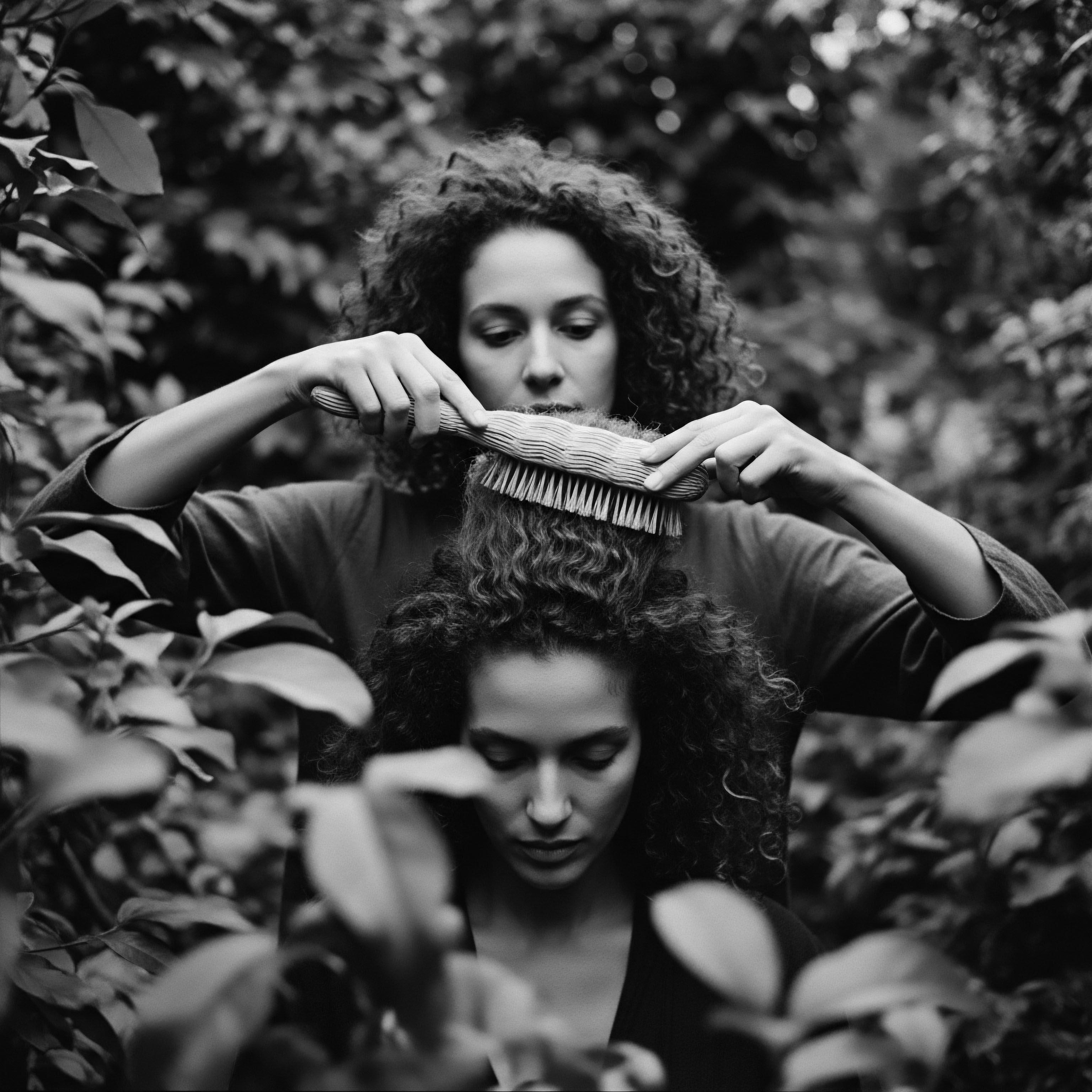
Wigs and Hair Extensions Mastery
The use of wigs and extensions is not a recent innovation. Ancient Egyptians, for example, wore elaborate wigs made from human hair, wool, or plant fibers, often intricately braided and adorned with gold or beads, signifying wealth and religious devotion. In some African cultures, the practice of adding extensions was common, with Quaqua women in Côte d’Ivoire reportedly donating hair to men for braided attachments. These historical uses highlight the understanding that hair could be augmented and transformed, not only for beauty but for symbolic and social purposes.
The materials may have changed—from plant fibers and animal hair to synthetic and human hair blends—but the underlying artistry and desire for versatile self-expression persist. This continuity speaks to an enduring human desire to adorn and communicate through hair, adapting available resources to achieve desired effects.

Heat Styling and Thermal Reconditioning
The history of altering textured hair with heat has a complex relationship with heritage. While ancient methods of warming tools or pressing hair with natural oils likely existed for softening or styling, the widespread adoption of heat straightening methods, such as hot combs, gained prominence in the 19th and 20th centuries, often driven by societal pressures to conform to Eurocentric beauty standards. This represented a departure from practices that celebrated inherent texture.
Modern thermal reconditioning aims for sleekness, yet contemporary practices, when used mindfully, often incorporate protective measures and nourishing treatments that reflect a holistic approach, moving beyond mere aesthetic transformation to prioritize hair integrity. The journey from forced conformity to informed choice marks a significant shift, reclaiming the agency over one’s hair and its care.
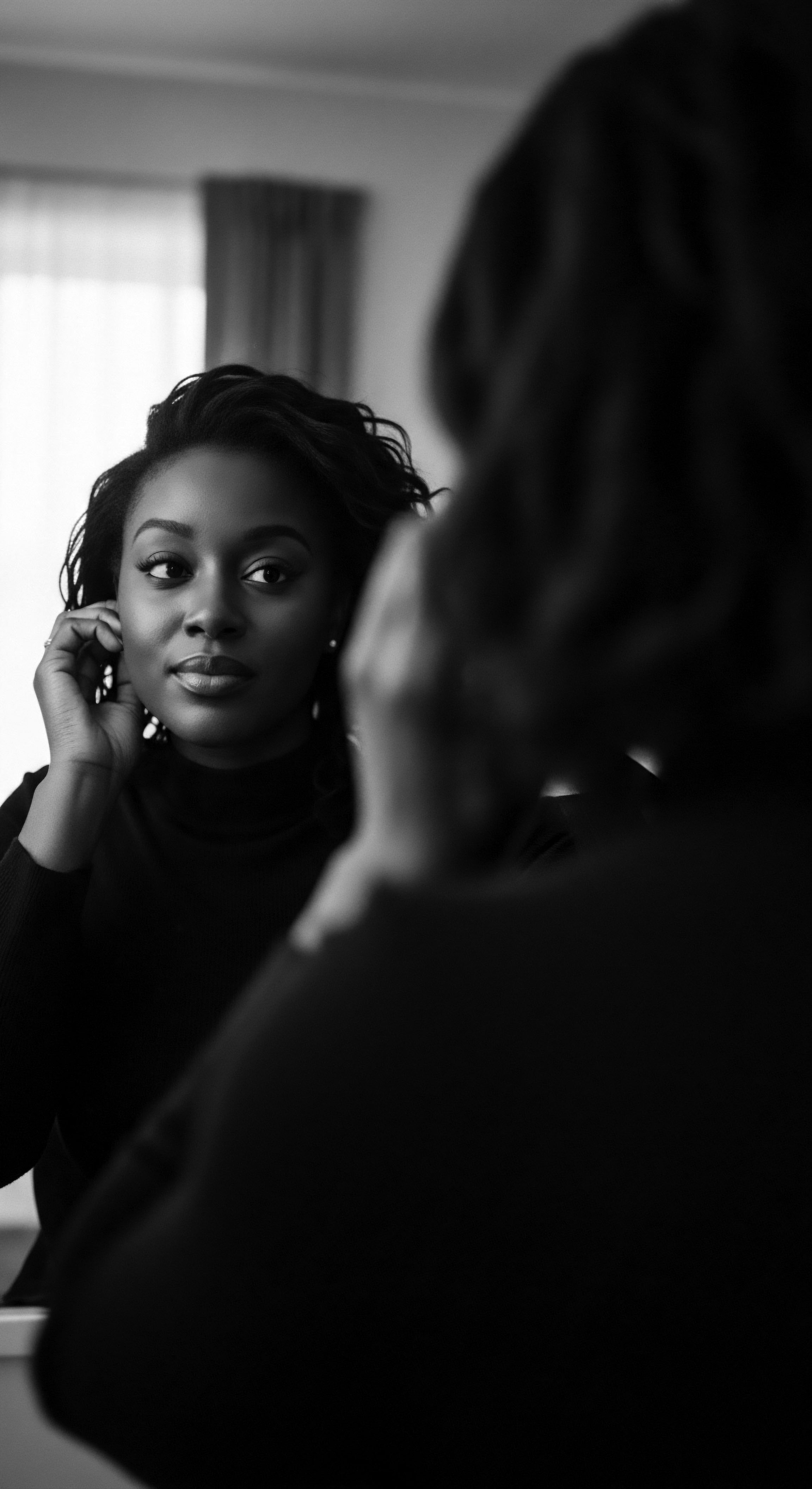
The Complete Textured Hair Toolkit
The tools used for textured hair care have evolved, yet many modern implements bear a striking resemblance to their ancestral counterparts. The wide-toothed comb, so essential for detangling coiled strands, has a history stretching back 7,000 years in ancient African civilizations like Kush and Kemet (modern Sudan and Egypt). These early combs, made of wood, bone, or ivory, were more than utilitarian objects; they were often decorated with symbols and held spiritual or status meanings.
| Ancestral Tool/Material Afro Comb/Pick (7,000 years old) |
| Modern Parallel/Purpose Wide-tooth comb, detangling pick ❉ Preserves curl pattern, reduces breakage. |
| Ancestral Tool/Material Natural Oils & Butters (Shea, Palm, Coconut) |
| Modern Parallel/Purpose Moisturizers, conditioners, sealants ❉ Provide hydration and protection. |
| Ancestral Tool/Material Clay & Ash-based Soaps (e.g. African Black Soap) |
| Modern Parallel/Purpose Sulfate-free cleansers, clarifying washes ❉ Cleanse without stripping natural oils. |
| Ancestral Tool/Material Plant Fibers & Twigs (for adornment/extensions) |
| Modern Parallel/Purpose Hair extensions, braiding hair ❉ Add length, volume, and style. |
| Ancestral Tool/Material Fingers & Hands (for styling and detangling) |
| Modern Parallel/Purpose Finger detangling, precise sectioning ❉ Gentle manipulation, working with hair's natural state. |
| Ancestral Tool/Material The enduring presence of these tools, in updated forms, affirms the continuous relevance of ancestral methods for caring for textured hair. |
The significance of these tools extended into the political sphere, with the ‘black fist’ afro comb becoming a powerful symbol of Black identity and protest in the 20th century. This illustrates how the objects of care themselves hold cultural and historical narratives, connecting daily routines to broader movements of pride and self-acceptance.
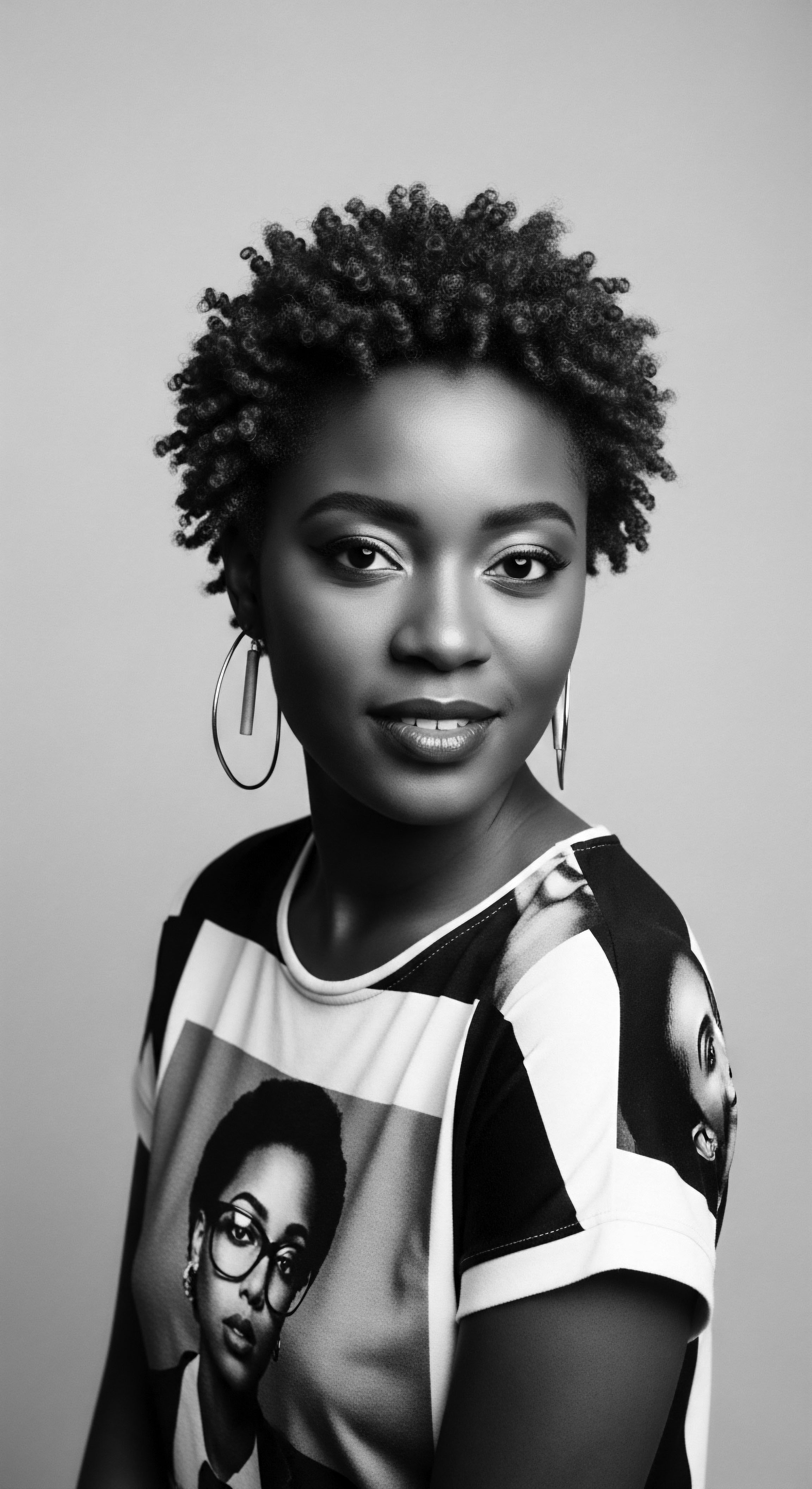
Relay
The care of textured hair, spanning millennia, has never been a passive act. It is an active engagement with self, community, and the natural world, a regimen of intentional choices passed from hand to hand, generation to generation. This continuity of wisdom, rooted in ancestral practices, finds profound echoes in the holistic care philosophies and problem-solving approaches of today, revealing a deep interplay between heritage and wellness.
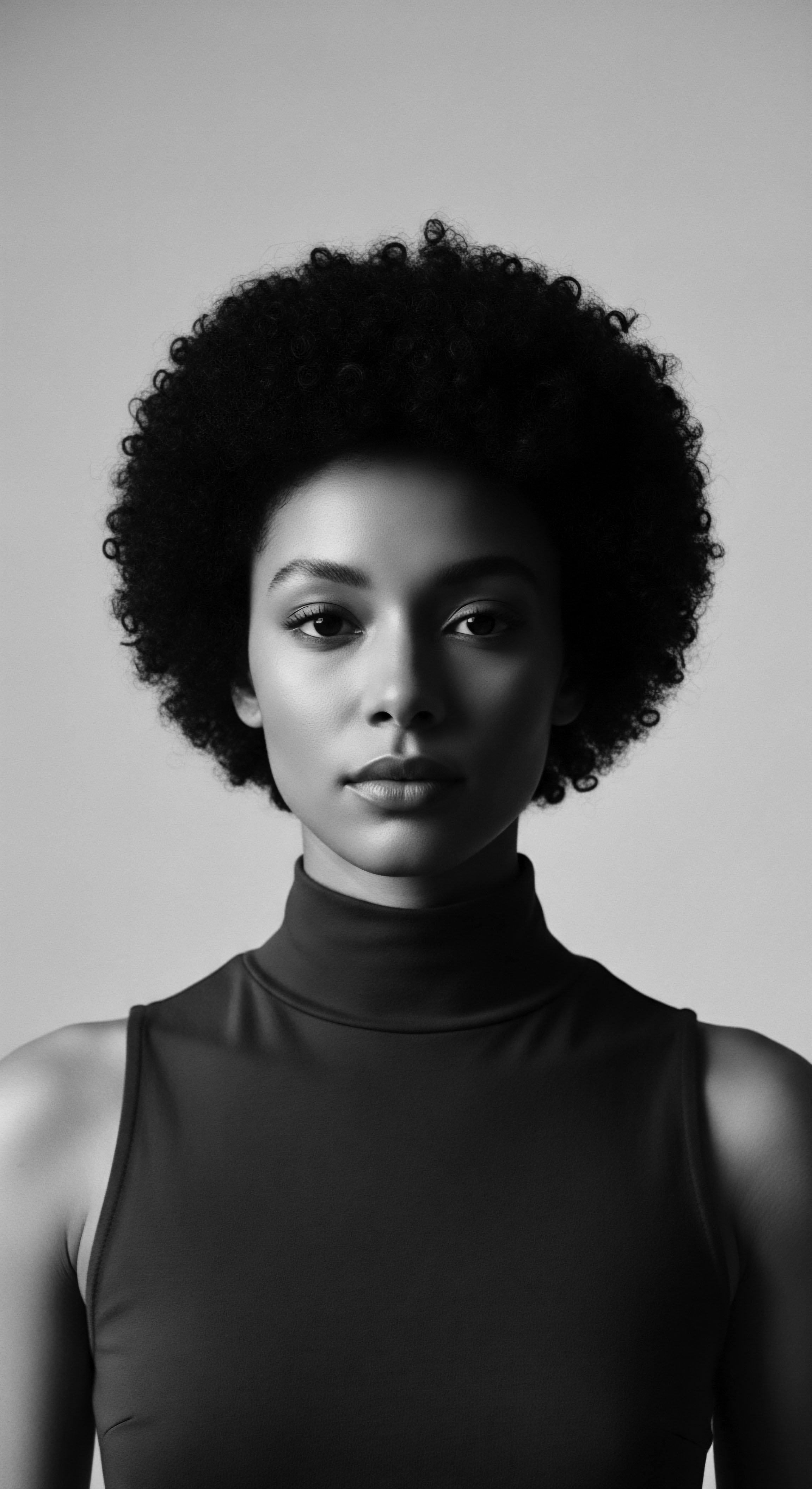
Building Personalized Textured Hair Regimens
Ancestral communities instinctively understood that hair care was not a one-size-fits-all endeavor. The diverse environments and specific needs of different hair textures within a community necessitated tailored approaches. This concept of personalized care, so prevalent in modern wellness, has deep roots in traditional practices. For instance, the Himba people’s use of otjize, a mixture of butterfat and ochre, served not only as a cultural marker but as a practical protectant against sun and insects, a bespoke solution for their arid environment and hair type.
Individualized routines were often guided by elders, who possessed generational wisdom on what ingredients worked best for particular hair conditions or desired outcomes. This oral tradition of knowledge transfer mirrors the modern search for personalized regimens, albeit now guided by product labels and hair “types.” The underlying principle remains the same ❉ understanding the unique requirements of one’s hair and applying targeted care.

How do Ancestral Wellness Philosophies Influence Modern Hair Health?
Ancestral wellness philosophies viewed the body as an interconnected system, where hair health was a reflection of overall vitality. This holistic view, which considered diet, spiritual wellbeing, and environmental harmony, directly informs contemporary wellness advocacy for textured hair. Rather than isolating hair concerns, traditional approaches addressed them within a broader framework of balance and natural living. The use of certain herbs, not just topically but often internally, for overall health, would indirectly contribute to hair strength and vibrancy.
A 2019 survey in rural Ghana found that 70% of Ashanti families participate in hair braiding rituals, believing that poorly maintained hair could bring bad luck to the living upon death. This statistic underscores the intertwined nature of hair care with spiritual beliefs and communal well-being, where external presentation held deep internal significance. This goes far beyond superficial beauty, connecting hair to destiny and communal harmony.

The Nighttime Sanctuary ❉ Essential Sleep Protection and Bonnet Wisdom
The practice of protecting hair during sleep, seemingly a modern innovation for preserving styles and moisture, finds ancient precedent in head wrapping traditions. While headwraps served various purposes—from status symbols to communication tools during times of enslavement—they also played a practical role in preserving hairstyles and shielding hair from environmental factors, including the nightly friction that causes damage.
The “Tignon Law” in 18th-century Louisiana, which forced Black and biracial women to cover their hair, paradoxically solidified the headwrap as a symbol of resistance and cultural pride, even as it attempted to mark inferiority. This historical context adds layers of meaning to the modern bonnet or silk scarf, transforming a simple sleep accessory into a subtle act of cultural reclamation and self-preservation. These coverings minimized tangling, retained moisture, and maintained style integrity through the night, much as modern bonnets do today.

Ingredient Deep Dives for Textured Hair Needs
The rich botanical heritage of Africa provided a veritable pharmacy for hair care, ingredients that are now being “rediscovered” by modern brands. These ancient solutions provided specific benefits that contemporary products aim to replicate.
- Shea Butter ❉ Derived from the nuts of the shea tree, this staple in West Africa has been revered for centuries for its profound moisturizing and protective qualities, rich in vitamins A and E. Modern formulations still rely heavily on its emollient properties.
- African Black Soap ❉ Originating in West Africa, this natural cleanser made from plantain skins, cocoa pods, and palm oil, offers gentle cleansing without stripping the hair’s natural oils. It is an ancestral alternative to harsh modern shampoos.
- Chebe Powder ❉ Hailing from Chad, Chebe powder, a blend of lavender crotons, stone scent, cherry seeds, cloves, and raisin tree sap, is traditionally known for enhancing hair thickness and moisture retention. Its use reflects a deep understanding of ingredients for length retention.
- Natural Oils (Palm Kernel, Coconut, Castor, Baobab, Red Palm) ❉ Numerous indigenous oils, each with unique fatty acid profiles, were used for everything from stimulating growth to sealing in moisture and adding shine. Modern science now verifies the penetrating capabilities of oils like baobab.
Connecting ancestral wisdom with modern scientific understanding reveals a harmonious continuum of textured hair care.

Textured Hair Problem Solving Compendium
Ancestral communities faced hair challenges similar to those of today ❉ dryness, breakage, and maintaining cleanliness. Their solutions, often rooted in natural remedies and preventive care, stand as testaments to their ingenuity. For instance, while modern hair masks combat dryness, traditional communities used natural butters and oils as deep conditioning treatments, often left in or applied for extended periods.
The practice of systematic detangling and gentle styling, exemplified by the ancient use of wide-toothed combs, directly addressed breakage. The idea was to minimize manipulation that could lead to loss. Even without a scientific understanding of the hair’s cuticle layer, the methods employed protected its integrity.
Consider the historical reality of enslaved Africans who, stripped of their traditional tools and products, resorted to using what was available—such as animal fats for lubrication and wool carding tools for detangling. This period, though tragic, further demonstrated the resilience and adaptability of Black hair care traditions, as individuals found ways to maintain hygiene and a sense of self under unimaginable circumstances. The knowledge, even if modified, continued to be relayed.

Holistic Influences on Hair Health
The health of hair, in ancestral contexts, was inextricably linked to the health of the entire being. This perspective embraced the mind, body, and spirit. Stress, diet, and even spiritual harmony were understood to impact hair vitality. Today, this translates into a recognition of the connection between nutrition, hydration, stress management, and hair condition.
The communal aspect of hair care, where women gathered to braid and share stories, served as a therapeutic ritual, fostering social bonds and mental wellbeing. This collective experience, deeply embedded in the cultural heritage of hair, underscores a dimension of care that goes beyond topical application. Salons in urban African communities today often serve as similar social hubs, continuing this tradition of shared experience. This demonstrates that the human need for connection, woven into hair rituals, remains timeless.
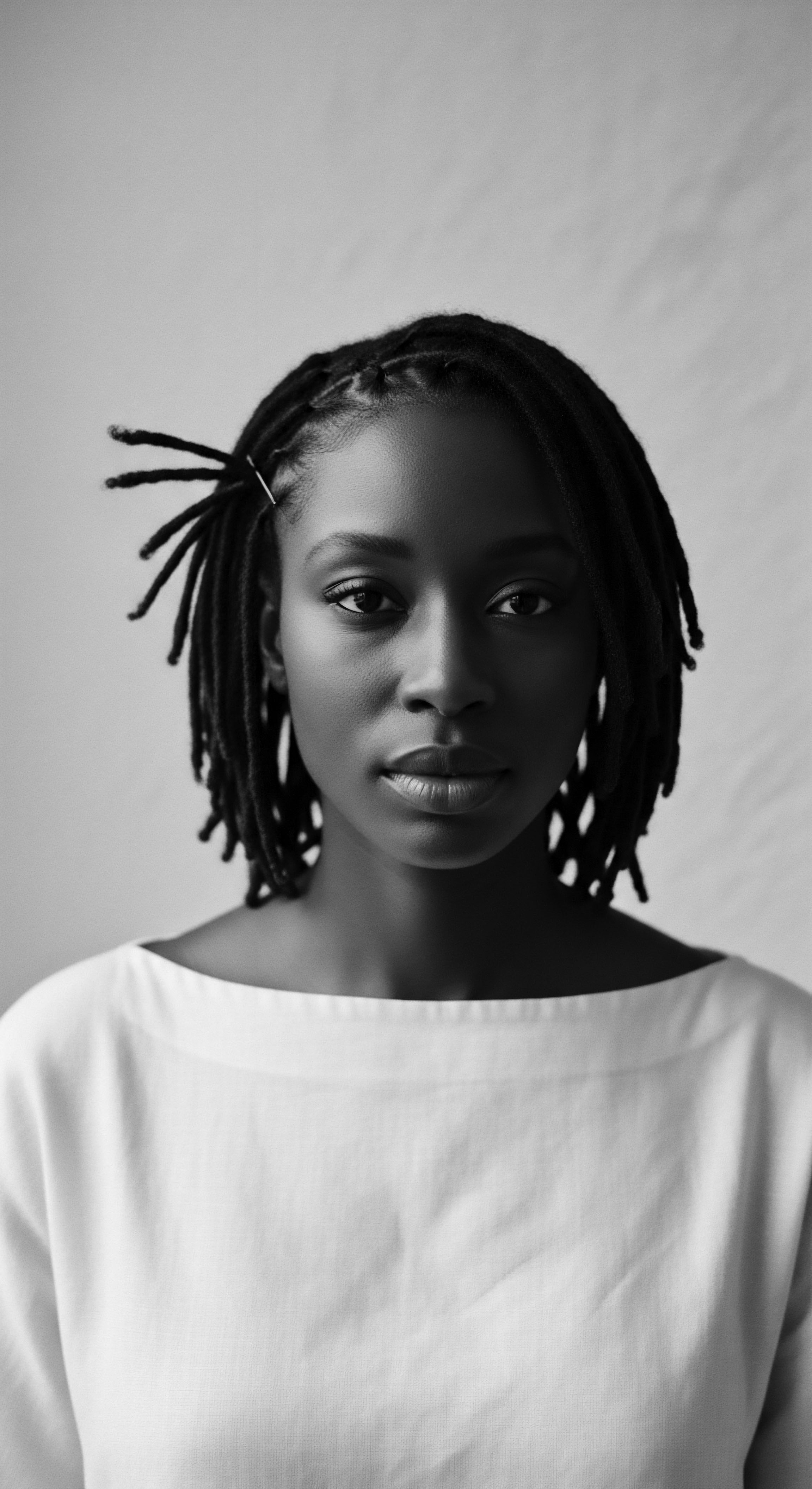
Reflection
The echoes of ancestral hair traditions reverberate through every mindful coil and thoughtfully styled strand today. From the very biology that shaped its growth to the intricate dances of community and identity, textured hair carries a living archive of heritage. The wisdom held within the practices of ancient civilizations, the resilience displayed through generations of adversity, and the profound cultural meanings imbued in each coiffure, all stand as guiding lights for our contemporary care.
We are not simply nurturing hair; we are honoring a lineage, tending to a vibrant connection that spans time and space. The soul of a strand, truly, holds the stories of us all.

References
- Caffrey, Cait. (2023). Afro-textured hair. EBSCO Research Starters.
- Fortes, M. Steel, R.W. & Ady, P. (1947). Ashanti Survey ❉ An Experiment in Social Research.
- Oforiwa, Alice. (2023). The History and Culture of African Natural Hair ❉ From Ancient Times to Modern Trends. AMAKA Studio.
- Peters, T. (1990). Black Hair ❉ Art, Culture, History.
- Roy, Indrani. (2014). Wailing Wall of Elmina ❉ Plights of slaves and history of Trans-Atlantic slave trade in Ghana.
- Tharps, Lori, & Byrd, Ayana. (2001). Hair Story ❉ Untangling the Roots of Black Hair in America.
- Walker, C. J. (1922). The Madame C.J. Walker Beauty Book.
